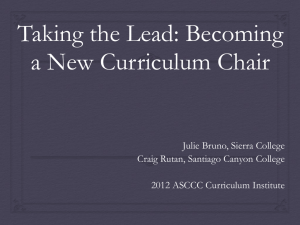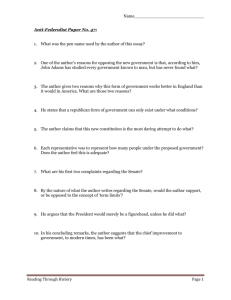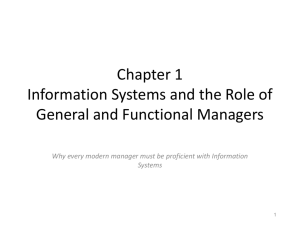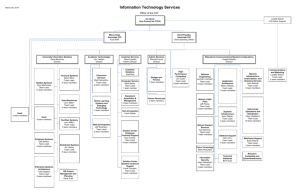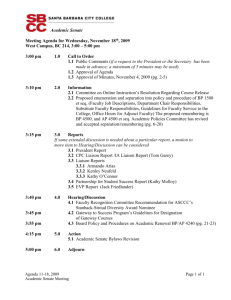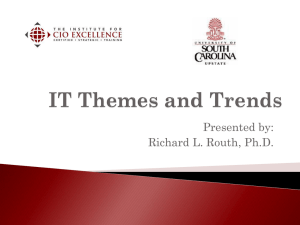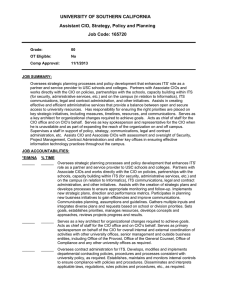Curriculum_Tune
advertisement
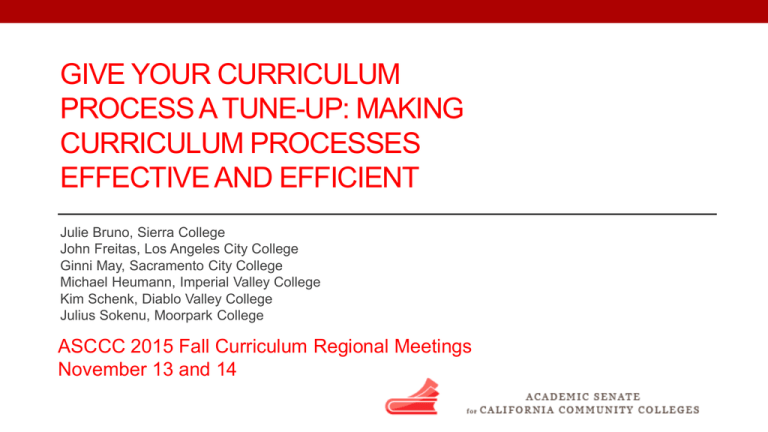
GIVE YOUR CURRICULUM PROCESS A TUNE-UP: MAKING CURRICULUM PROCESSES EFFECTIVE AND EFFICIENT Julie Bruno, Sierra College John Freitas, Los Angeles City College Ginni May, Sacramento City College Michael Heumann, Imperial Valley College Kim Schenk, Diablo Valley College Julius Sokenu, Moorpark College ASCCC 2015 Fall Curriculum Regional Meetings November 13 and 14 Outcomes for Today • Examine the role and authority of your curriculum committee • Learn important questions for your senate and curriculum committee to ask about your curriculum process • Learn what changes can be made to optimize your curriculum process • Share ideas and suggestions with your colleagues How Well Does Your Curriculum Process Run? Like this? Or like this? Resolution 9.01 S15 Resolved, That the Academic Senate for California Community Colleges survey curriculum chairs on the timeliness of their local curriculum approval processes by Fall 2015 and develop a paper on effective practices for local curriculum approval and present it to the field for adoption at the Fall 2016 Plenary Session. Workforce Task Force Recommendations (1 of 25) 8. Evaluate, revise, and resource the local, regional, and statewide CTE curriculum approval process to ensure timely, responsive, and streamlined curriculum approval: Workforce Task Force Recommendations 8.a. Provide state-level coordination to ensure a streamlined curriculum approval process at the Chancellor’s Office. 8.b. Provide sufficient staffing and resources in the Chancellor's Office to accelerate the state-level curriculum approval process. 8.c. Identify and disseminate effective practices in local curricula adoption and revision processes and provide technical assistance for faculty and colleges. Specific Curriculum Considerations for CTE • Program Approval: • Advisory Committee review and recommendations for course and program development and revision • Endorsement of the Regional Consortium • Statutory and Regulatory Requirements • Ed Code 78016 • Two-year review of pre-requisites • Processes/capacity for timely approval and offering of just-in-time courses that address industry needs • Credit, noncredit, not-for-credit • Fiscal Implications • Staffing, facilities, equipment ASCCC White Paper – An Intermediate Step • Approved by the Executive Committee and distributed to local senate presidents and curriculum chairs on October 5 • Focus is on local curriculum approval processes • A resource for local senates and curriculum committees to assist in initiating local process reviews • Content to be incorporated into position paper planned for spring 2015 adoption Curriculum Committee – Role and Authority • Education Code 70902(b)(7) – senates have “primary responsibility for making recommendations in the areas of curriculum and academic standards.” • Title 5 section 53200 – curriculum (including policies and procedures) is an academic and professional matter • Title 5 section 55002 – curriculum committees may make curriculum recommendations directly to the governing board (if delegated by the academic senate) Role of Administrators – Deans and CIOs • Curriculum development should be a collegial process • CIO and academic deans: • knowledgeable about compliance requirements • recognize issues of concern early in the process • CTE Dean: • Knowledgeable about regional consortium issues • Assist in timely approval of programs Role of Administrators – Deans and CIOs • CIO review (not approval) assures new course or program proposal: • Aligns with the mission, • Meets an identified need, • Can be supported with adequate resources, • Are legally compliant (see CIO Manual, adopted by CCCCIO, 2012) • There is no legal requirement for approval by the CIO or President prior to board approval. However, remember that: • Your CIO is responsible for scheduling • Your President is ultimately responsible for the budget Don’t Forget the Students! • Ed Code section 70902(b)(7) – students have the right to effectively participate in college governance • Title 5 section 51023.7 – students “shall be provided an opportunity to participate in formulation and development of district and college policies and procedures that have or will have a significant effect on them”, including curriculum • Students are welcome and should serve on the curriculum committee • Governing boards will take student complaints seriously – upset students can derail curriculum approval Assess the Effectiveness of Your Process Assess - Are There Unnecessary Steps? • Do you require too many approvals relative to what is actually required by Title 5? • Does the process contain steps that are redundant or that could be completed simultaneously rather than sequentially? Assess - Are There Structural Barriers? • Are local course and program submission and deadlines too infrequent or restrictive? • Is the process impeded by problems caused by ineffective technology, or even a lack of technology, at the local level? Assess - Is It Too Bureaucratic? • Does the process focus too much on complying with course outline formatting instructions and too little on course and program quality? Six Steps to Improving Your Process! Improve Your Process 1. Make Sure the Process is Clear Flow chart with important dates Curriculum website Curriculum handbook 2. Minimize Approval Time While Assuring Quality Technical review simultaneous with development Expedite minor changes through the tech review process Improve Your Process 3. Make Curriculum Meetings Efficient Prepare well-organized and thorough agendas Use consent calendars Assign committee members to act as “readers” for proposals Engage in detailed review of new curriculum during 1st Reading Allow CTE curriculum changes are required by external agencies to be approved without a 2nd reading Give all committee members access to the curriculum management system Improve Your Process 4. Streamline the Approval Process Increase curriculum committee authority by allowing it to make recommendations directly to board 5. Increase the Frequency of Curriculum Approvals Consideration of curriculum at all board meetings Biweekly/weekly curriculum committee meetings 6. For Multi-College Districts: Consider Curriculum Autonomy Eliminate district-wide approvals/campus consensus requirements College autonomy over all course attributes Use C-ID and articulation agreements to “align” curriculum Well? What do you think? Do YOU have MORE suggestions? Resources • Program and Course Approval Handbook, 5th Edition (6th Edition in development) • CIO Manual, 1st Edition, July 2012 • Office of Administrative Law (www.oal.ca.gov) • For searching Ed Code and Title 5 • The Curriculum Committee: Role, Structure, Duties, and Standards of Good Practice (ASCCC, Adopted Fall 1996) • Ensuring Effective and Efficient Curriculum Processes – An Academic Senate White Paper (October 3, 2015) • Sacramento City College Curriculum Handbook (2009) Thank you!
